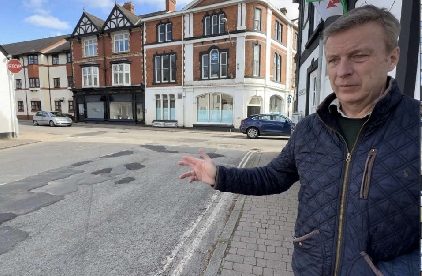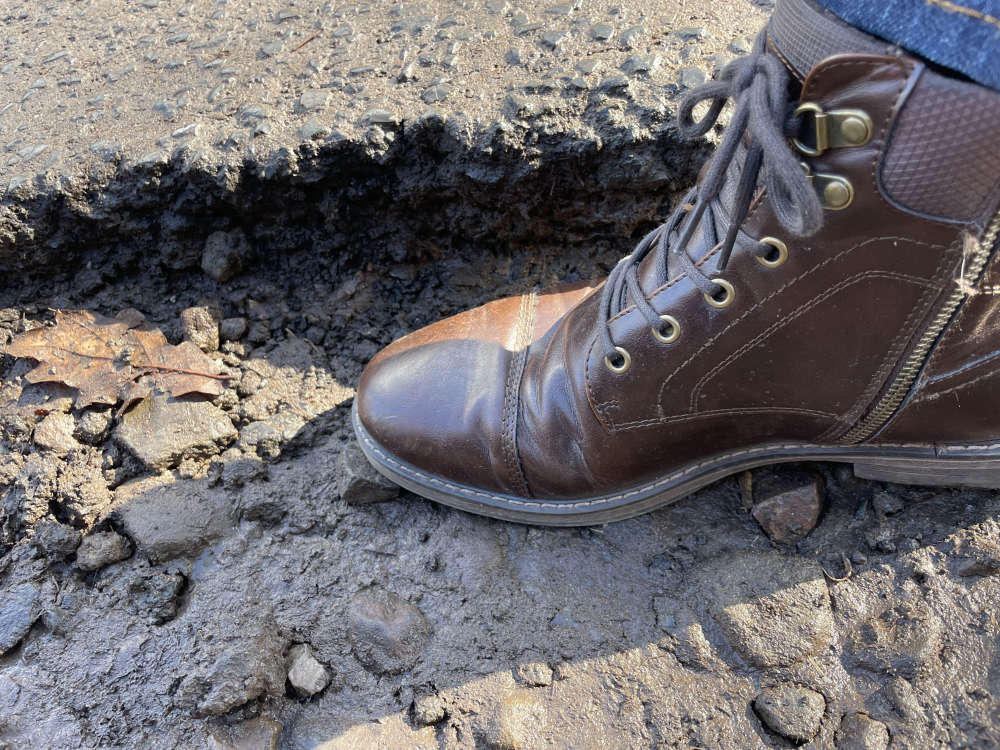
The state of one council’s roads are so bad it had to “create a different colour” on its alert system to classify them all.
Councils typically use the acronym RAG, for red, amber, green, as an alert system to colour code risks and priorities.
But the man responsible for Monmouthshire’s road network said its poor state meant it had to add another colour to the alert system which it has renamed BRAG.
“The roads are so bad we created a different colour, that’s when we got black,” Carl Touhig the senior officer responsible for the county’s highways told Monmouthshire council’s public services scrutiny committee.
Black has replaced red as the most urgent category on the system and signifies the network prioritised for repair over the next financial year.
The red list is the network “in need of works but hopefully can last until budget availability” while those on the amber list are roads that are “beginning to show some levels of deterioration” and the green are those recently completed where work shouldn’t be required for another 10 years.
The Welsh Government is using borrowing powers to make £120 million available to all 22 local authorities for road repairs during the 2025/26 financial year which is expected to be worth around £3.5m to Monmouthshire. Councils will be able to repay the money over a 20 year period.
But Mr Touhig warned councillors even with the cash injection the council will still be struggling to bring its roads up to standard: “To keep the Monmouthshire County Council network up to a steady state is estimated be somewhere between £4.1m and £4.8m a year.
“This funding is less than a year’s funding to keep a steady state.”
Additional cash was put towards the county’s roads in the past year’s budget but the total estimate is £80m would be required to bring
Monmouthshire’s network up to “a good standard”, which would take 25 years at current investment levels while the average life expectancy for resurfacing works is 10 to 15 years.

Mr Touhig said of the extra funding: “This will make some difference but not make the difference people would expect. I would expect new tarmac on every road for £120m.”
He said various factors, from traffic management controls and ecological surveys to protect wildlife and nature, will also have to be factored into the costs while events such as storms can also alter the priorities for repairs and maintenance.
The council expects to receive the result of GAIST surveys, which involve a vehicle with a camera taking detailed photographs of road services, by the end of May to help it prioritise a maintenance and repairs schedule.
The survey will also include footpaths and Mr Touhig said factors such as how busy the roads are and the types of vehicles using them and whether they serve schools and other community facilities have to be considered when assessing priority.

